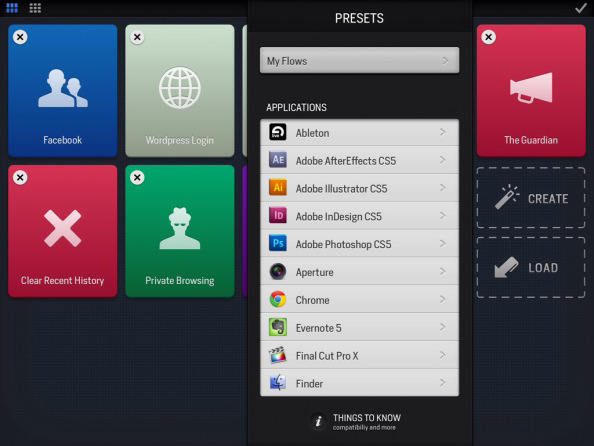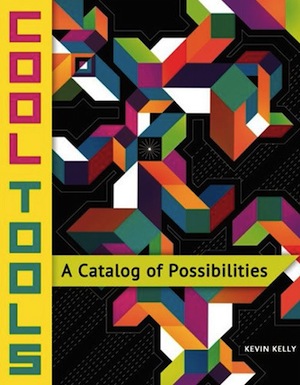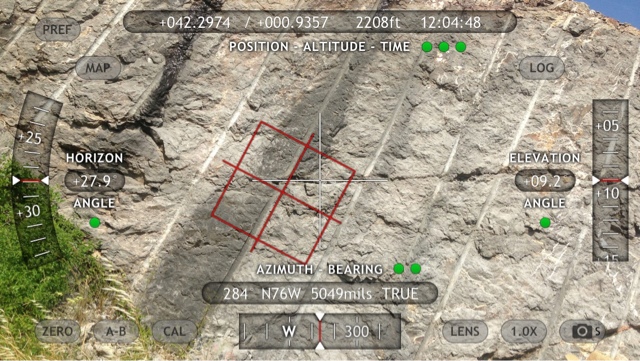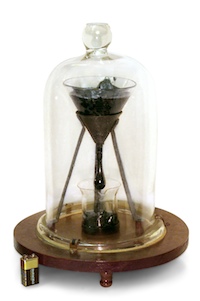January linkfest
/Time for the quarterly linkfest! Got stories for next time? Contact us.
BP's new supercomputer, reportedly capable of about 2.2 petaflops, is about as fast as Total's Pangea machine in Paris, which booted up almost a year ago. These machines are pretty amazing — Pangea has over 110,000 cores, and 442 terabytes of memory — but BP claims to have bested that with 1 petabyte of RAM. Remarkable.
Leo Uieda's open-source modeling tool Fatiando a Terra got an upgrade recently and hit version 0.2. Here's Leo himself demonstrating a forward seismic model:
I'm a geoscientst, get me out of here is a fun-sounding new educational program from the European Geosciences Union, which has recently been the very model of a progressive technical society (along with the AGU is another great example). It's based on the British outreach program, I'm a scientist, get me out of here, and if you're an EGU member (or want to be), I think you should go for it! The deadline: 17 March, St Patrick's Day.
 Darren Wilkinson writes a great blog about some of the geekier aspects of geoscience. You should add it to your reader (I'm using The Old Reader to keep up with blogs since Google Reader was marched out of the building). He wrote recently about this cool tool — an iPad controller for desktop apps. I have yet to try it, but it seems a good fit for tools like ArcGIS, Adobe Illustrator.
Darren Wilkinson writes a great blog about some of the geekier aspects of geoscience. You should add it to your reader (I'm using The Old Reader to keep up with blogs since Google Reader was marched out of the building). He wrote recently about this cool tool — an iPad controller for desktop apps. I have yet to try it, but it seems a good fit for tools like ArcGIS, Adobe Illustrator.
Speaking of big software, check out Joe Kington's Python library for GeoProbe volumes — I wish I'd had this a few years ago. Brilliant.
 And speaking of cool tools, check out this great new book by technology commentator and philosopher Kevin Kelly. Self-published and crowd-sourced... and drawn from his blog, which you can obviously read online if you don't like paper.
And speaking of cool tools, check out this great new book by technology commentator and philosopher Kevin Kelly. Self-published and crowd-sourced... and drawn from his blog, which you can obviously read online if you don't like paper.
If you're in Atlantic Canada, and coming to the Colloquium next weekend, you might like to know about the wikithon on Sunday 9 February. We'll be looking for articles relevant to geoscientists in Atlantic Canada to improve. Tim Sherry offers some inspiration. I would tell you about Evan's geocomputing course too... but it's sold out.
Heard about any cool geostuff lately? Let us know in the comments.











 Except where noted, this content is licensed
Except where noted, this content is licensed